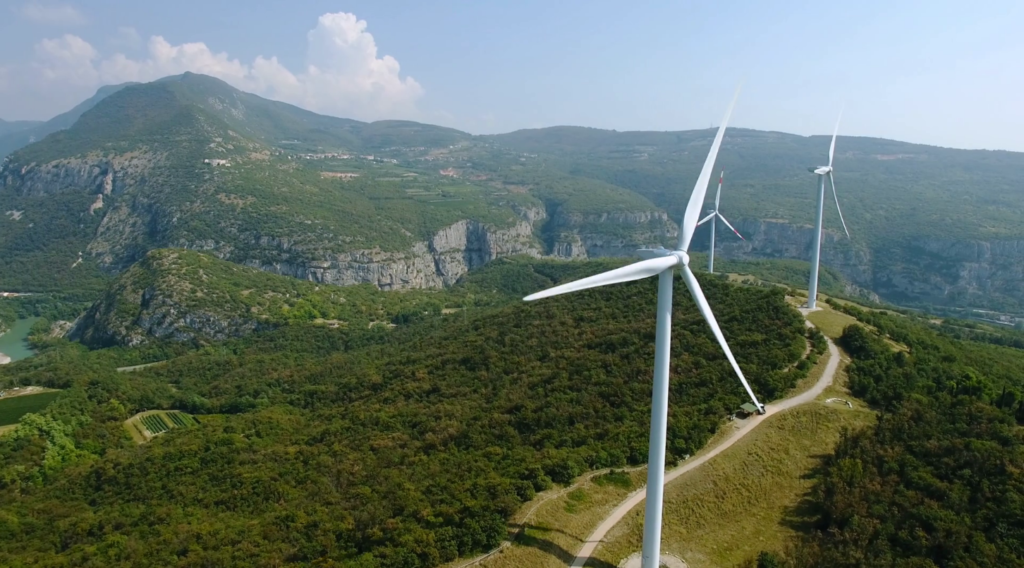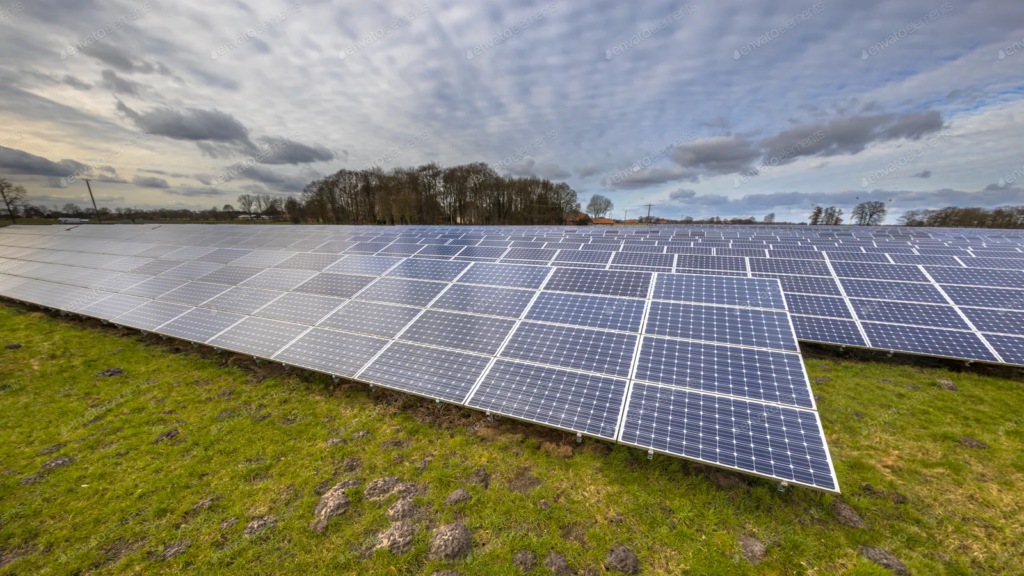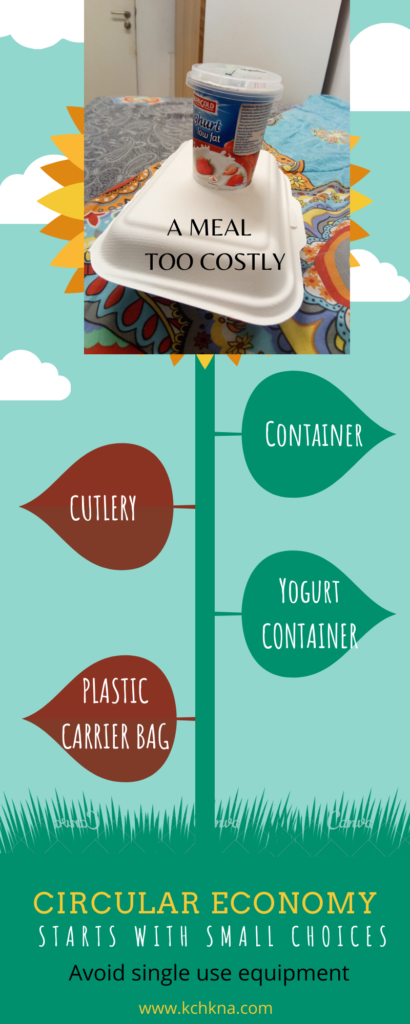Individuality Matters at KCHKNA
The power of a company comes from the confluence of talents. A company does not excel because its founders are super intelligent, visionary, or hard working—all good qualities. Rather the organization thrives when the members of the company unleash their individual talents. It is therefore critical that individuals are offered an environment where their talents are naturally encouraged rather than snuffed out. At KCHKNA, we aim to provide such an environment.
This article was inspired by a book by Todd Rose titled The End of Average: How we succeed in a world that values sameness. You can check it out here
Todd Rose has shared a lot of ideas on why we miss out on the talent in many capable individuals because we use the same ability metrics for people with different individualities. In his book he argued that early practitioners like Fredrick Winslow Taylor came up with ideas that justified companies valuing systems rather than individuals. For Taylor, making the factory as efficient as possible meant providing standardized training, standardized work procedures, and standardized measures of performance and progress. In the process, the individual did not matter; what mattered was how well they followed the standards or fit the standards.
These ideas—collectively referred to as Taylorism—were applied across many factories but the impact is most palpable perhaps because Taylorism was applied to the factory that almost everyone goes to: the school. The products of this factory are you and me.
In America in the early 1900s about 6 percent of the population graduated from high school and 2 percent from college. So, the output of the school factory was evidently not impressive. Along came Edward Thorndike who embraced the Taylorist idea of standardization and rigorously applied it in the school system. Students got a standard education with little regard for their individual preferences or natural abilities—if you were of a certain age, you would learn these topics, in this order, for this long. The students’ level of intelligence was measured against some average, and their fate therefore depended heavily on how far away they were from the average. The standardization of education did lead to much better output—more people graduated from high school and college. These graduates had received a standard education, allowing them to do—on average—a good job at many factories. At these factories Taylor’s influence meant that the jobs were also standard, so there wasn’t too much trouble; the factories expected what they received.
Edward Thorndike’s ideas, or a variant of them, have been adopted by schools all over the globe. This is because it allows those responsible for education to measure their success using neat metrics—for example, number of people who graduate. But to graduate doesn’t mean to have learnt, and definitely doesn’t meant you have what it takes to excel at some job. But remember this was the age of average—and in many ways still is. What this means is that on average the average graduate will do an average job, earn an average salary, live an average life contributing an average bit to a society of average individuals.
But a time comes when we no longer want average individuals because the stakes are higher. You want people to be not just good at what they do but magnificent. You want an organization where the employees don’t wait for the bell to ring to move to the next task but are motivated enough to know when to move to the next task. And to do that, it appears, we would need to focus more on the individual, to take into account what their natural abilities are, and then offer them a customized path on which they can excel without the need to compare themselves against some arbitrary and dubious average success icon.
We believe that for the human race to progress we would need to tap far more into everyone’s potential by focusing on the individual. We feel that one of the key ways companies can thrive and offer employees work that is exciting and impactful, is through focusing on empowering their whole company. You may be a bit puzzled when we say ‘focusing on the company’. Let’s start with a question: what is a company?
A company can be thought of as a group of individuals working together to achieve one common goal. A company is made up of people and indeed, when everyone knocks off, the company goes home; what remains are the buildings, the chairs and such other props. If management teams care about the people working in the organization—rather than the immaterial, abstract organization itself—such a team would scale heights much faster. We are not saying it’s not good to make a profit but the point is we can make a profit if we care more about the people who are behind that profitability. In other words we focus on metrics that measure the quality of life of the individuals making up the company—and then we aggregate those measures to come up with a measure of how successful the whole company is. In this way you would not have a successful company whose employees are not successful, or a happy (based on some metric) company whose employees are anything but. When the company underperforms management does not just fire its employees; rather we would focus on understanding how we may be of help for them to reach their potential—because they are the company. The truth is that with the different backgrounds, understanding as well as perception that we each have, our performance across different tasks will differ. But we are all good in certain fields or contexts, and as management we would love to see our team members be in contexts where they can shine. After all, who wants to be known for mediocre work? Who doesn’t want to show the world their best self?
KCHKNA Inc. is one of the companies in Africa that gauges the potential of its team members not through their grades. We look across many metrics—it is definitely harder than just a quick peek at some grades—to understand in which context such and such could thrive. This in the long term allows us to keep members who love being at the company, and thus deliver high quality output shipped out with love and passion.
If you’re applying to join the team at KCHKNA, know that KCHKNA is more interested in your story and your worldview rather than your experience. The word “experience” is perhaps overrated and we believe people with drive and passion can get things done much better than those with experience. If you are not an average person; if you feel uncomfortable being like everyone else, but only just better; if your goal in life is not to walk the path already travelled: then show us your game, and let’s work together!






